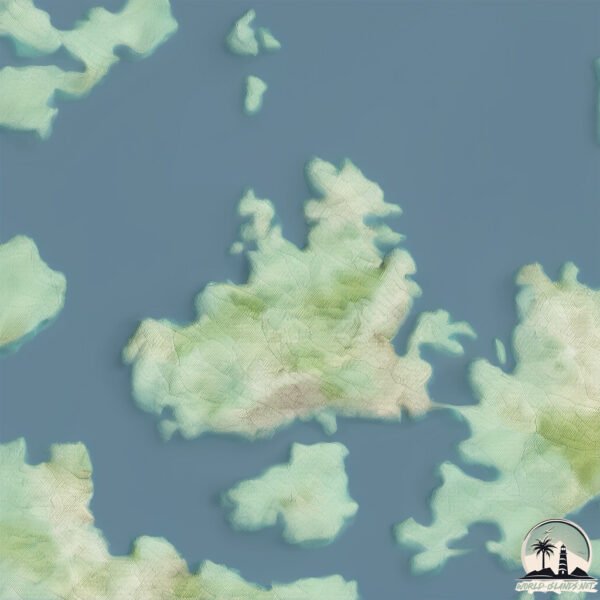Welcome to Isola Maddalena , a Temperate island in the Tyrrhenian Sea, part of the majestic Atlantic Ocean. This guide offers a comprehensive overview of what makes Isola Maddalena unique – from its geography and climate to its population, infrastructure, and beyond. Dive into the details:
Geography and size of Isola Maddalena
Size: 21 km²Coastline: 39.7 kmOcean: Atlantic OceanSea: Tyrrhenian SeaContinent: Europe
Isola Maddalena is a Medium Island spanning 21 km² with a coastline of 40 km.
Archipel: –
Tectonic Plate: Eurasia – One of the world’s largest tectonic plates, the Eurasian Plate covers a significant portion of Europe and Asia. It’s characterized by diverse geological features, including the Ural Mountains, the European Plain, and the Himalayas formed from its collision with the Indian Plate.
The geographic heart of the island is pinpointed at these coordinates:
Climate and weather of Isola Maddalena
Climate Zone: TemperateClimate Details: Hot-Summer Mediterranean ClimateTemperature: Hot Summer
Climate Characteristics: Characterized by hot, dry summers and mild, wet winters, typical of coastal areas with abundant sunshine.
Topography and nature of Isola Maddalena
Timezone: UTC+01:00Timezone places: Europe/ParisMax. Elevation: 117 m Mean Elevation: 42 mVegetation: Open WoodlandTree Coverage: 36%
The mean elevation is 42 m. The highest elevation on the island reaches approximately 117 meters above sea level. The island is characterized by Plains: Flat, low-lying lands characterized by a maximum elevation of up to 200 meters. On islands, plains are typically coastal lowlands or central flat areas.
Dominating Vegetation: Open Woodland
Vegetation: 14 vegetation zones – Exceptionally Diverse Island
Infrastructure and Travelling to Isola Maddalena
Does the island have a public airport? no .
Does the island have a major port? no .
The mean population of Isola Maddalena is 544 per km². Isola Maddalena is Densely Populated. The island belongs to Italy .
Continuing your journey, Isola Caprera is the next notable island, situated merely km away.
La Maddalena Sardinia Best Beaches and Ultimate Travel Guide 2025
Explore the breathtaking beauty of La Maddalena, a must-see destination in Sardinia! Discover its iconic beaches and crystal ...
La Maddalena Sardinia Best Beaches and Ultimate Travel Guide 2025
Explore the breathtaking beauty of La Maddalena, a must-see ...
Explore the breathtaking beauty of La Maddalena, a must-see destination in Sardinia! Discover its iconic beaches and crystal ...
Sardinia / Summer 2025 / La Maddalena, Italy 4K
Sardinia / Summer 2025 / La Maddalena, Italy 4K This travel video ...
Sardinia / Summer 2025 / La Maddalena, Italy 4K This travel video presents a tour of La Maddalena archipelago in northern ...
Spectacular National Park in Sardinia Italy! #italia #travelguide2023 #lamaddalena
sardinia #italia #lamaddalena #travelguide #travelvlog #italy ...
sardinia #italia #lamaddalena #travelguide #travelvlog #italy #sardinia #travelvlog #travelguide2023 #bestofitaly ...
Italy is classified as Developed region: G7: Group of Seven – Major advanced economies, including Canada, France, Germany, Italy, Japan, the United Kingdom, and the United States. The level of income is High income: OECD.
News – Latest Updates and Headlines from Isola Maddalena
Stay informed with the most recent news and important headlines from Isola Maddalena. Here’s a roundup of the latest developments.
Loading...
Please note: The data used here has been primarily extracted from satellite readings. Deviations from exact values may occur, particularly regarding the height of elevations and population density. Land area and coastline measurements refer to average values at mean high tide.

